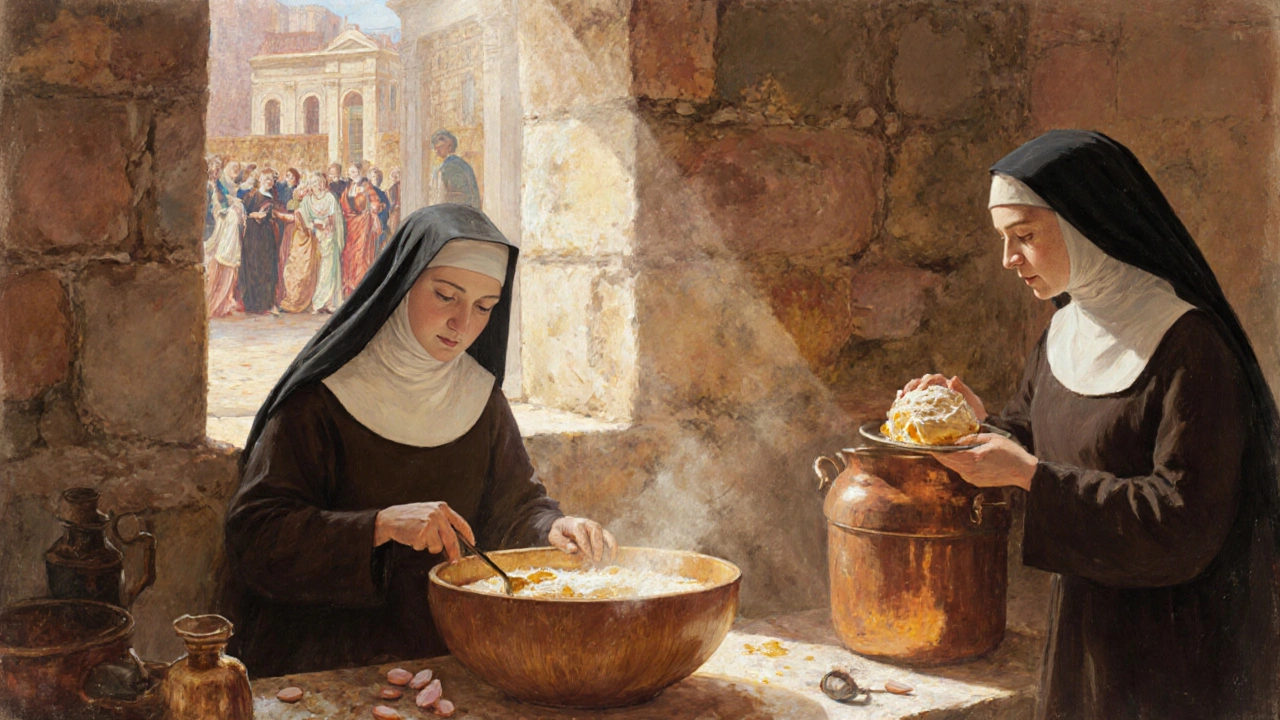French Macarons – History, Serving Tips & Cost Guides
When working with French macarons, delicate almond‑based meringue cookies filled with buttercream, ganache or jam. Also known as macarons, they are a signature French patisserie treat that blends crisp shells with a soft interior.
The Macaron History, traces the pastry from Italian almond cookies to the modern French version popularized in Parisian cafés shows why flavor combos keep evolving. Knowing the roots helps you pick authentic recipes instead of shortcuts that skip the double‑whip technique. French macarons today carry centuries of tradition, and that heritage affects everything from ingredient ratios to plating style.
Serving, Cost and Practical Planning
One of the biggest questions bakers face is "how many macarons per person?" The Macaron Serving Guide, offers a rule of thumb—about two to three pieces per guest for a cocktail hour, four for a dessert table makes planning simple. Pair that with the Macaron Tower, a stacked display that turns a handful of cookies into a show‑stopping centerpiece. Knowing tower dimensions and price points prevents surprise costs and ensures the display fits your venue.
From a budgeting perspective, the tower cost connects directly to serving size. If you estimate 3 pieces per guest for a 100‑person event, you’ll need roughly 300 macarons. The tower pricing guide breaks down per‑piece rates, hidden fees and bulk discounts, turning a vague expense into a clear spreadsheet line. This logical link—serving guide informs tower cost—helps you avoid overspending while keeping the visual impact.
Beyond numbers, flavor selection ties back to history. Classic raspberry, pistachio, and chocolate are rooted in French patisserie archives, while modern twists like matcha or salted caramel reflect global influences. Understanding that evolution lets you curate a palette that feels both timeless and fresh, satisfying guests who crave nostalgia and novelty alike.
Finally, the practical side of making macarons—proper meringue peaks, rested piped shells, and gentle oven temperature—benefits from the historical context. Techniques that survived centuries are there for a reason: they produce the coveted “feet” and prevent cracked shells. When you respect the craft, the resulting cookies justify their premium price and the effort of building a tower.
Armed with this blend of history, serving logic and cost awareness, you’re ready to dive into the article collection below. Whether you seek the story behind the pastry, tips on portion planning, or budgeting for a wedding display, the posts ahead cover each angle in depth.

